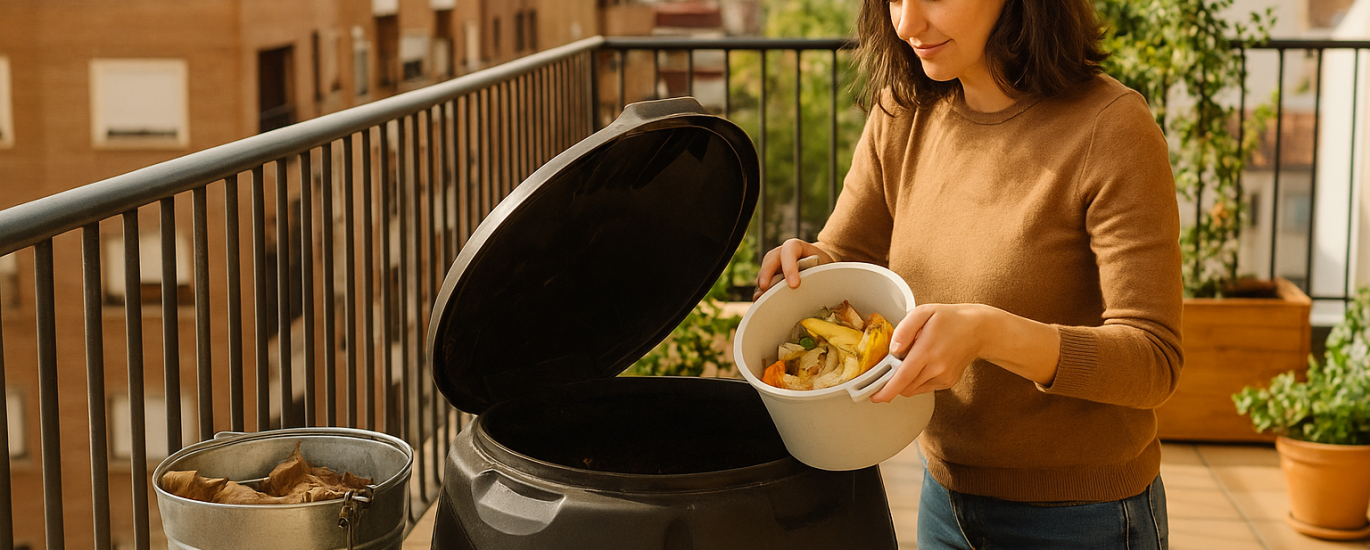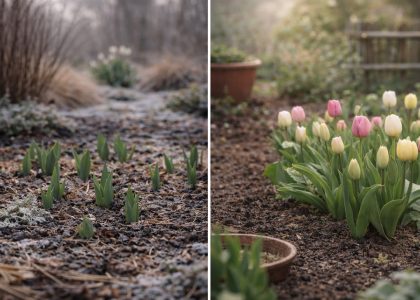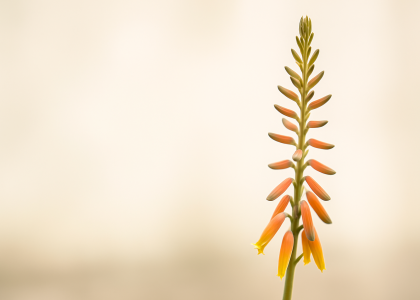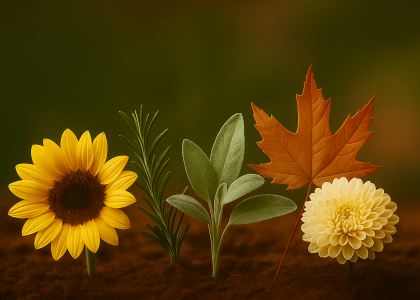Turn food scraps into garden gold—even on the smallest balcony. This beginner-friendly guide walks you through everything you need to compost in containers successfully.
Table of Contents
- Why Compost in Containers?
- What You Need to Start
- 5 Steps to Compost Success
- Troubleshooting Common Problems
- Benefits of Composting
- Download the Free Cheat Sheet
- Final Tips and Call to Action
Why Compost in Containers?
If you’re limited on space but still want to garden organically, container composting is your best friend. It:
- Recycles kitchen waste and fallen leaves
- Creates free, nutrient-rich soil conditioner
- Reduces landfill contribution and greenhouse gases
- Works great on balconies, patios, even fire escapes
What You Need to Start
| Item | Description |
| A compost container | Bucket, bin, or plastic box with lid and drainage holes |
| Browns | Dry leaves, shredded paper, cardboard |
| Greens | Veggie peels, coffee grounds, green garden trimmings |
| Mixing tool | Stick, trowel, or gloved hands to stir |
| Moisture control | Spray bottle or cover to maintain proper damp conditions |
Tip: A 10–15 liter container is ideal for most balconies.
5 Steps to Compost Success
Step 1: Create a base layer
Start with shredded newspaper or cardboard to help absorb moisture and encourage airflow.
Step 2: Alternate greens and browns
Layer roughly 1 part greens to 2–3 parts browns. Avoid compacting the layers too tightly.
Step 3: Stir or turn weekly
Turn the compost every 3–7 days to introduce oxygen and speed up decomposition.
Step 4: Maintain moisture
The texture should feel like a wrung-out sponge. Add water or browns as needed.
Step 5: Harvest finished compost
In 4–8 weeks, your compost should be dark, crumbly, and earthy-smelling—ready to use.
Troubleshooting Common Problems
| Problem | Cause | Solution |
| Rotten smell | Too wet, poor airflow | Add more browns and mix more often |
| Dry, slow breakdown | Not enough greens or water | Add more greens and spray water |
| Fruit flies | Exposed food scraps | Cover food waste with dry browns |
| White mold | Natural fungi | Harmless—just mix it into the pile |
Benefits of Composting
Healthier plants – improves soil texture and introduces beneficial microbes
Budget-friendly – reduces need for commercial fertilizers
Eco-conscious – minimizes landfill waste and carbon emissions
Mentally calming – composting can be meditative and fulfilling
"Every banana peel saved is a small act of climate healing."
Download the Free Cheat Sheet
Want a printable reference for your composting journey?
Get the Container Composting Cheat Sheet (PDF) at greenmuse.io.
It includes:
- A categorized list of compostable materials
- Items you should never compost
- Moisture tips and compost layering guidance
Final Tips and Call to Action
Start small, observe weekly changes, and adjust as needed. Composting is a learning process.
Ask questions or share your experience in the Greenmuse community.
Share this guide with friends and help others compost sustainably.
Ready to compost like a pro—even in a small space? You've got this.
Pin this Guide | Share on Facebook | Subscribe for More Garden Wisdom
Visit greenmuse.io for more sustainable gardening inspiration.





